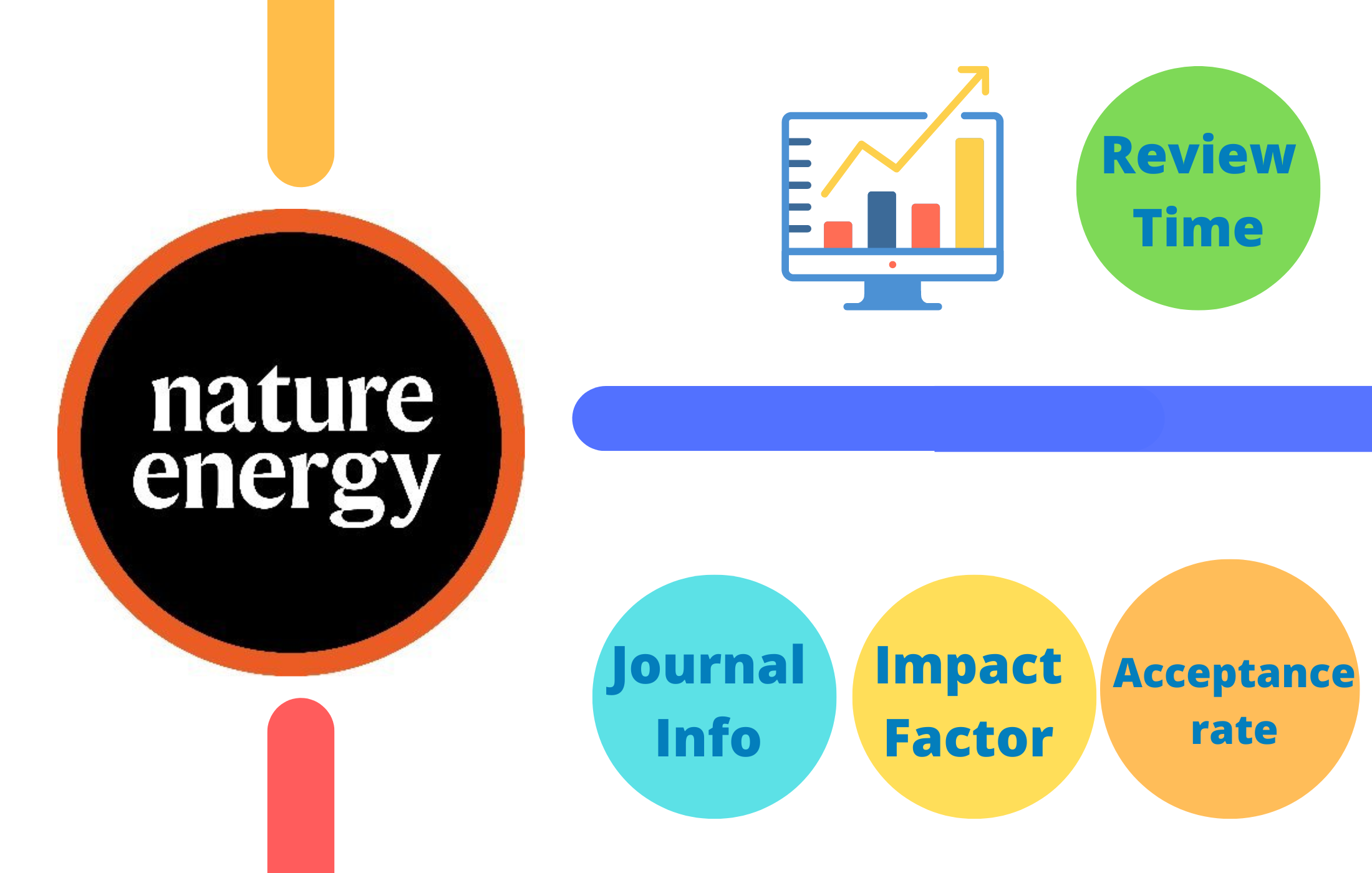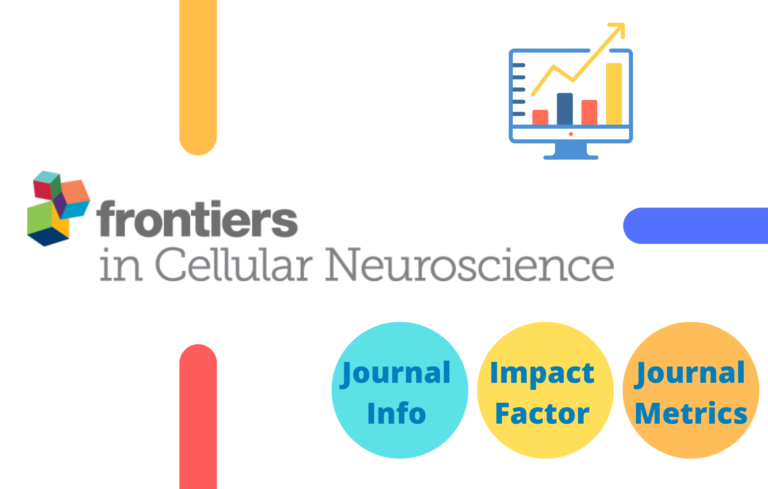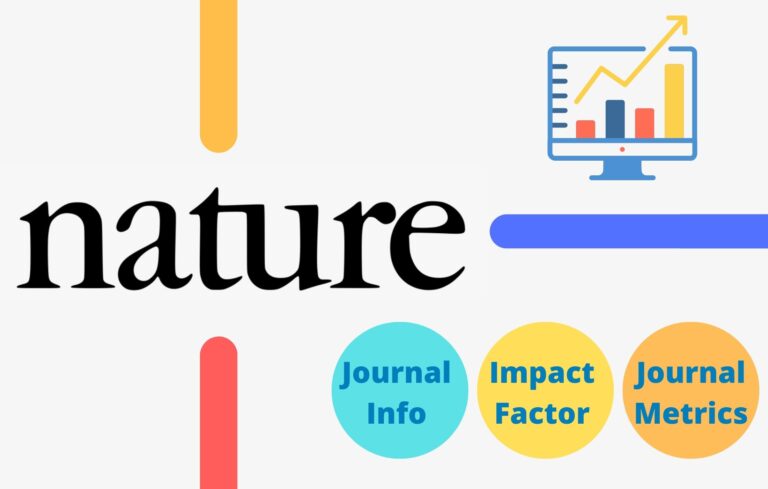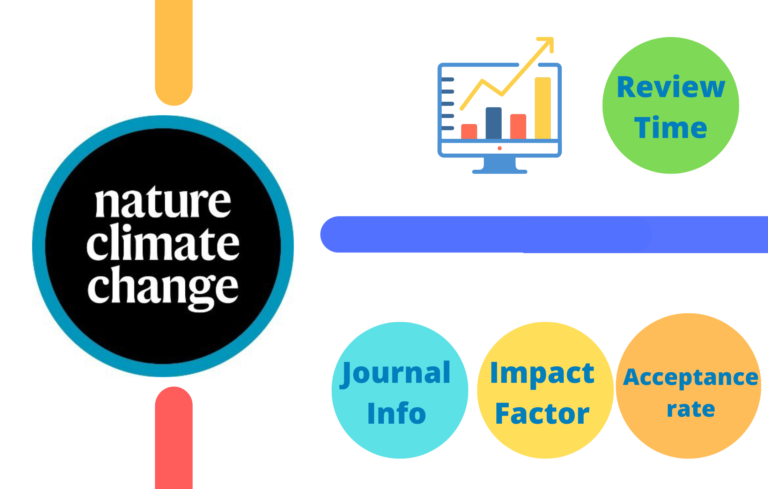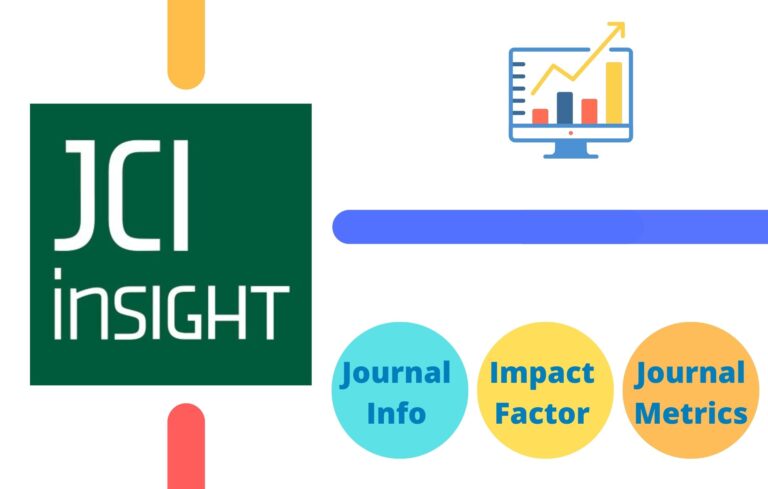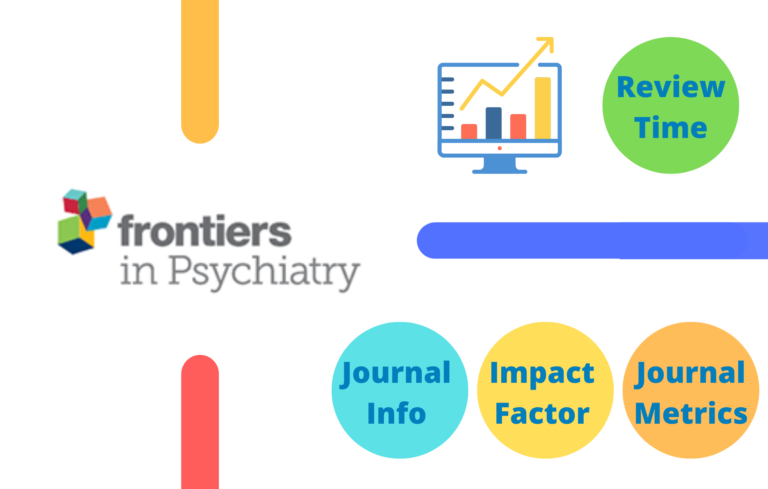In this post, apart from Nature Energy Impact Factor, I have tried to compile all the necessary information a research scholar would seek before publishing an article in the journal.
About Nature Energy Journal
Nature Energy is a monthly peer-reviewed scientific journal published by Nature Portfolio. The editor-in-chief is Nicky Dean. The 2017 efficiency record in solar cell technology was published in the journal.
Impact Factor of Nature Energy Journal
Impact Factor (IF) or often called journal impact factor (JIF) is an index provided by an analytics company named Clarivate. The impact factor is calculated by dividing the number of times the articles are cited in the last two years by the total number of publications in those two years.
- Total Citations in 2020 and 2021 = 500
- Total Number of Publications in 2020 and 2021 = 100
- Impact Factor of the Journal in 2022 = 500/100 = 5
Latest Nature Energy Impact Factor (2017-2023)
- Nature Energy Impact Factor 2017 – 46.859
- Nature Energy Impact Factor 2018 – 54.0
- Nature Energy Impact Factor 2019 – 46.495
- Nature Energy Impact Factor 2020 – 60.858
- Nature Energy Impact Factor 2021 – 67.439
- Nature Energy Impact Factor 2022 – 56.7 (updated in June 2023)
Nature Energy Impact Factor 2022
Nature Energy H-index
The h index is a metric for evaluating the cumulative impact of an author’s scholarly output and performance; measures quantity with quality by comparing publications to citations.

The h index of Nature Energy Journal is 160, which means among all the published articles in this journal, 160 of these publications have received at least 160 citations each.
Journal Metrics
Nature Energy CiteScore
CiteScore (CS) of an academic journal is a measure reflecting the yearly average number of citations to recent articles published in that journal.
| Cites / Doc. (3 years) | 2018 | 29.909 |
| Cites / Doc. (3 years) | 2019 | 30.258 |
| Cites / Doc. (3 years) | 2020 | 26.091 |
| Cites / Doc. (3 years) | 2021 | 28.016 |
| Cites / Doc. (2 years) | 2018 | 29.909 |
| Cites / Doc. (2 years) | 2019 | 22.995 |
| Cites / Doc. (2 years) | 2020 | 25.629 |
| Cites / Doc. (2 years) | 2021 | 25.729 |
Nature Energy SCImago Rank
The SCImago Journal Rank (SJR) indicator is a measure of the scientific influence of scholarly journals that accounts for both the number of citations received by a journal and the importance or prestige of the journals where the citations come from.
| Year | SCImago Journal Rank (SJR) |
|---|---|
| 2018 | 16.918 |
| 2019 | 19.635 |
| 2020 | 19.733 |
| 2021 | 16.736 |
Nature Energy Editors
- Editor in Chief: Nicky Dean
- Senior Editor: James Gallagher, Giulia Tregnago, Changjun Zhang
- Associate Editor: Silvana Lakeman
Nature Energy Publication Fee
Nature Energy is an open-access journal. The publication fee for Nature Energy is €9,500, US$11,390 or £8,290 in GBP/USD/EURO respectively (excluding taxes).
Nature Energy offer APC waivers and discounts for papers published in our fully open access journals whose corresponding authors are based in the world’s lowest-income countries (APC waivers and discounts policy for further information). Requests from other authors for APC waivers and discounts are considered on a case-by-case basis and may be granted in cases of financial need.
Nature Energy Review Time
Nature Energy prioritizes rapid publication and because its an open access journal, the papers are immediately available upon publication to the research community and beyond.
| Submission to First Decision | 9 days |
| Submission to first post-review decision | 54 days |
| Submission to accept | 154 days |
Nature Energy Reference Style
Nature Energy uses the standard Nature referencing style.
Printed journals
Schott, D. H., Collins, R. N. & Bretscher, A. Secretory vesicle transport velocity in living cells depends on the myosin V lever arm length. J. Cell Biol. 156, 35-39 (2002).
Online only
Bellin, D. L. et al. Electrochemical camera chip for simultaneous imaging of multiple metabolites in biofilms. Nat. Commun. 7, 10535; 10.1038/ncomms10535 (2016).
For papers with more than five authors include only the first author’s name followed by ‘et al.’.
Books:
Smith, J. Syntax of referencing in How to reference books (ed. Smith, S.) 180-181 (Macmillan, 2013).
Online material:
Babichev, S. A., Ries, J. & Lvovsky, A. I. Quantum scissors: teleportation of single-mode optical states by means of a nonlocal single photon. Preprint at https://arxiv.org/abs/quant-ph/0208066 (2002).
Manaster, J. Sloth squeak. Scientific American Blog Network http://blogs.scientificamerican.com/psi-vid/2014/04/09/sloth-squeak (2014).
Hao, Z., AghaKouchak, A., Nakhjiri, N. & Farahmand, A. Global integrated drought monitoring and prediction system (GIDMaPS) data sets. figshare https://doi.org/10.6084/m9.figshare.853801 (2014).
Nature Energy Endnote Style
You can download the Nature Energy Endnote Style and Nature Energy Zotero Style
Nature Energy Abbreviation
The ISO 4 standard abbreviation for abstracting, indexing, and referencing purposes of Nature Energy is “Nat. Energy“
Nature Energy Acceptance Rate
The acceptance rate of a journal is the ratio of the number of articles submitted to the number of articles published.
The average acceptance rate of Nature Energy journal is not known
Nature Energy Indexed in
Science is indexed in Scopus, SCImago, Web of Science, and UGC journal ranking



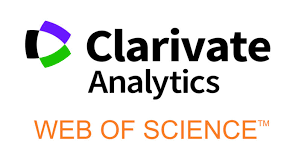
Read More
